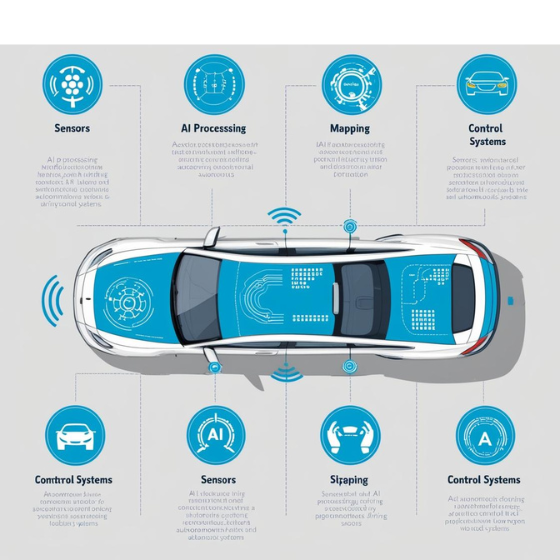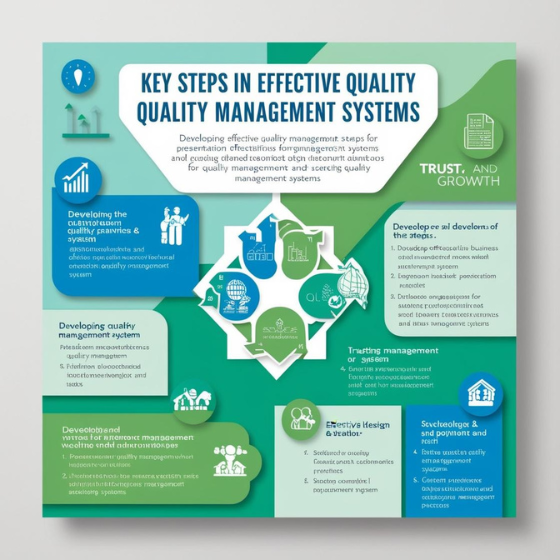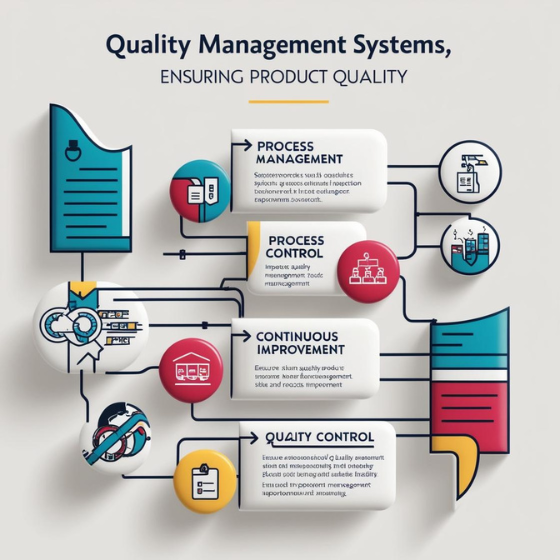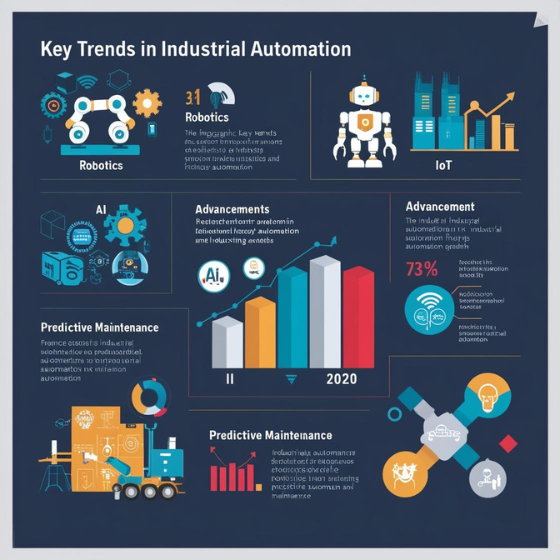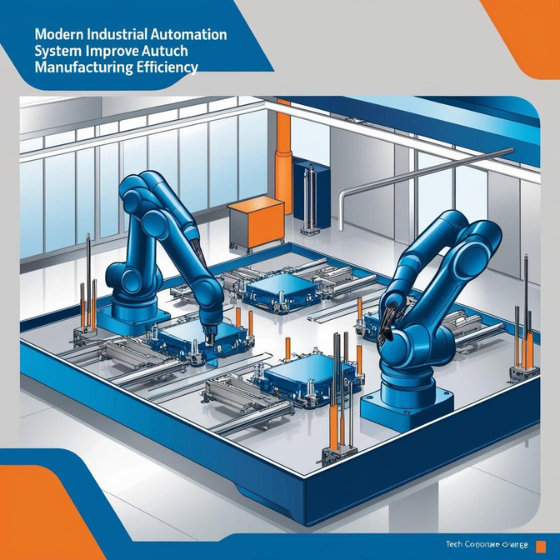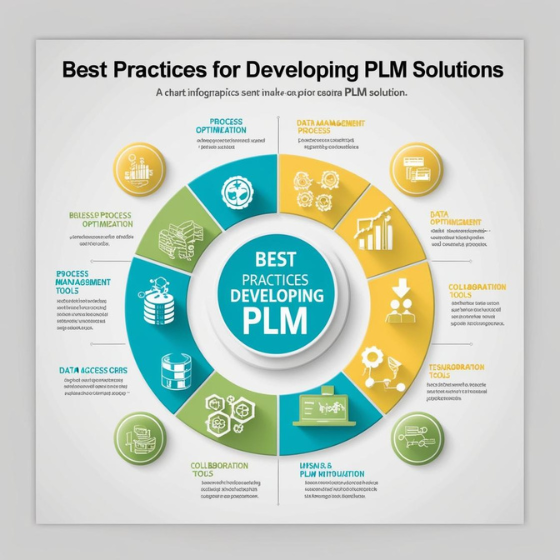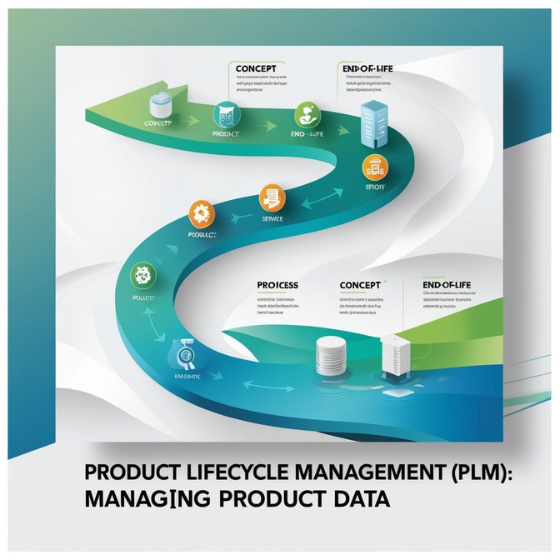Key Features of Autonomous Driving Systems
Autonomous driving systems are at the forefront of modern technological innovation, revolutionizing how vehicles operate and interact with their environments. These systems are designed to make driving safer, more efficient, and less stressful by automating various aspects of vehicle operation. In this blog, we’ll dive into the key features that define autonomous driving systems and enable their functionality.
1. Advanced Sensor Suite
Sensors are the eyes and ears of autonomous driving systems, providing vehicles with a comprehensive understanding of their surroundings.
Key Components:
- LIDAR (Light Detection and Ranging): Creates detailed 3D maps of the environment by emitting laser pulses.
- Cameras: Capture high-resolution images for object detection and lane recognition.
- Radar: Measures the speed and distance of objects, essential for adaptive cruise control.
- Ultrasonic Sensors: Detect nearby obstacles for low-speed maneuvers, such as parking.
These sensors work in tandem to offer a 360-degree view, ensuring the vehicle is aware of potential hazards in real time.
2. Artificial Intelligence and Machine Learning
AI and machine learning are the brains behind autonomous driving systems, enabling vehicles to interpret data and make decisions.
Key Functions:
- Object Recognition: Identifying pedestrians, vehicles, traffic signs, and road conditions.
- Behavior Prediction: Anticipating the actions of other road users, such as sudden braking or lane changes.
- Route Optimization: Calculating the most efficient path based on traffic, weather, and road conditions.
The self-learning capabilities of AI allow autonomous systems to improve over time, adapting to new scenarios and enhancing overall performance.
3. High-Definition Mapping and GPS Integration
Precise navigation is critical for autonomous vehicles, and this is achieved through high-definition (HD) maps and GPS.
Features:
- HD Maps: Provide centimeter-level accuracy of roads, including lane markings, traffic lights, and barriers.
- GPS Integration: Ensures accurate positioning and route guidance, even in complex urban environments.
Combined, these tools enable vehicles to maintain accurate positioning and navigate efficiently, regardless of external conditions.
4. Vehicle-to-Everything (V2X) Communication
Connectivity is a cornerstone of autonomous driving systems, allowing vehicles to interact with their environment.
Types of Communication:
- Vehicle-to-Vehicle (V2V): Exchanging information with other vehicles to avoid collisions and improve traffic flow.
- Vehicle-to-Infrastructure (V2I): Communicating with traffic signals, road sensors, and parking systems.
- Vehicle-to-Pedestrian (V2P): Enhancing safety by detecting and communicating with pedestrians via smart devices.
V2X communication ensures a collaborative driving environment, reducing accidents and enabling real-time traffic management.
5. Redundant Systems for Safety
Safety is paramount in autonomous vehicles, and redundant systems provide fail-safes to handle unexpected situations.
Examples:
- Dual Sensor Systems: If one sensor fails, the backup ensures continued operation.
- Fail-Safe Mechanisms: Automatically stop the vehicle in case of critical system errors.
- Power Redundancy: Secondary power systems maintain functionality during primary power loss.
These redundancies are essential to building trust in autonomous technology and ensuring reliability in all conditions.
6. Dynamic Decision-Making Algorithms
Autonomous driving systems rely on sophisticated algorithms to make real-time decisions.
Key Applications:
- Collision Avoidance: Reacting to potential hazards by adjusting speed, steering, or braking.
- Traffic Maneuvering: Seamlessly merging, overtaking, or navigating intersections.
- Emergency Handling: Managing critical situations, such as sudden roadblocks or mechanical failures.
Dynamic decision-making ensures that the vehicle can respond effectively to complex and unpredictable scenarios.
7. Cloud Integration
Cloud technology enables autonomous vehicles to access vast amounts of data and updates.
Benefits:
- Real-Time Updates: Weather, traffic, and map data are continually refreshed.
- Data Sharing: Vehicles share insights to improve system performance across fleets.
- Remote Monitoring: Manufacturers and service providers can diagnose and address issues remotely.
Cloud integration enhances the scalability and adaptability of autonomous systems, keeping them current with the latest developments.
8. Human-Machine Interface (HMI)
A seamless interaction between humans and autonomous systems is vital for user confidence.
HMI Features:
- User-Friendly Dashboards: Provide clear information about the vehicle’s status and decisions.
- Voice Commands: Allow users to interact with the system hands-free.
- Manual Override Options: Enable human intervention when necessary.
Effective HMIs ensure that passengers feel in control and well-informed throughout their journey.
9. Adaptive Cruise Control and Autonomous Parking
These advanced driver-assistance features are integral to autonomous systems:
Adaptive Cruise Control (ACC):
Maintains a safe distance from other vehicles by adjusting speed automatically.
Autonomous Parking:
Identifies suitable parking spaces and maneuvers the vehicle into position without driver input.
These features not only enhance convenience but also improve safety and efficiency.
10. Cybersecurity and Data Protection
As autonomous vehicles rely heavily on connectivity, protecting them from cyber threats is crucial.
Key Measures:
- Data Encryption: Safeguards communication between the vehicle and external systems.
- Firewall Systems: Prevent unauthorized access to onboard networks.
- Regular Updates: Patches vulnerabilities and ensures compliance with the latest security standards.
Robust cybersecurity measures are critical to maintaining user trust and system integrity.
Conclusion
The key features of autonomous driving systems combine to create vehicles capable of navigating the complexities of modern roads safely and efficiently. From advanced sensors to AI-powered decision-making and robust safety measures, these systems are transforming the future of transportation.
Are you interested in developing cutting-edge autonomous systems or enhancing your existing technology? Contact Sodio today to explore how we can help bring your vision to life.
